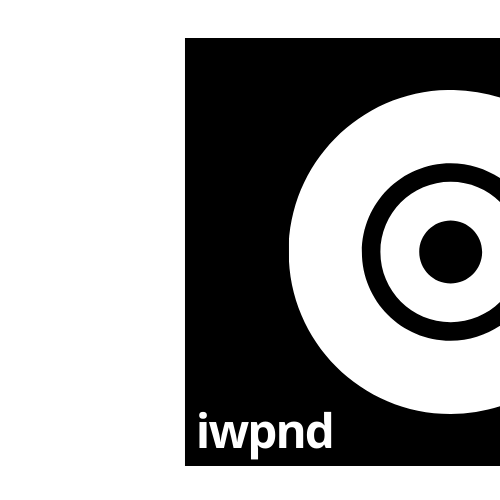pyle38 - An async python client for Tile38

Back in May I wrote an introductory blog post about Tile38. Professionally I work with Tile38 in a TypeScript eco-system. Together with a colleague I authored a TypeScript client that is now used internally - and hopefully soon to be released to the public. As there was also no client for Python either yet, and due to the pandemic, there was more free time than usual on my hand I wrote one myself.
Introducing Pyle38
Pyle38 is a lazy asynchonous Python client for Tile38 that allows for fast and easy interaction with the worlds fastest in-memory geodatabase Tile38 build on top of the re-designed aioredis 2.0.0. Even though the Python community is only slowly adapting type hints into Python, I made sure that Pyle38 is already fully typed and passes mypy validation. Pydantic is used to enforce those type hints at runtime.
Feature: Command chaining
Tile38 provides a lot of options for its queries, configs and insert commands.
WITHIN fleet LIMIT 10 NOFIELDS IDS CIRCLE 52.25 13.37 1000
Returns the ids of 10 objects in the fleet collection in a radius of 1000 around a point with latitude 52.25 and longitude 13.37. The order of the the commands and options is fixed, putting the LIMIT 10 at the end of the command would result in an error.
The same query in pyle38 would look like this:
await tile38.within('fleet').limit(10).nofields().circle(52.25, 13.37, 1000).asIds()
The order of the commands in pyle38 can, but does not have to be exactly as required in Tile38. Commands can be chained to the users liking and pyle38 will take care that the order is correct when the command is passed to Tile38.
Feature: fully asynchronous
Pyle38 methods are almost entirely asynchronous. Why? For one I wanted to learn how to do it. On the other hand the application I had in mind for Pyle38/Tile38 was as a backend for a FastAPI app.
Feature: Leader/Follower replication
Tile38 supports leader/follower replication and so does Pyle38. Pyle38 allows to instantiate two clients at once; one for the leader and another one for a follower. That allows to let writes be handled by the leader and reads by the follower. Currently only one follower uri is supported. The reason is, that ideally you think of how to spread the query load across all followers. Now this can be done on the client, but it would a load balancer will probably do a better job.
Basic Usage
import asyncio
from pyle38 import Tile38
async def main():
tile38 = Tile38(url="redis://localhost:9851", follower_url="redis://localhost:9851")
await tile38.set("fleet", "truck").point(52.25,13.37).exec()
response = await tile38.follower()
.within("fleet")
.circle(52.25, 13.37, 1000)
.asObjects()
assert response.ok
print(response.dict())
asyncio.run(main())
> {
"ok": True,
"elapsed": "48.8µs",
"objects": [
{
"object": {
"type": "Point",
"coordinates": [
13.37,
52.25
]
},
"id": "truck"
}
],
"count": 1,
"cursor": 0
}
Let’s go and dissect this example.
tile38 = Tile38(url="redis://localhost:9851", follower_url="redis://localhost:9851")
At First, an instance of Tile38 is created. Optionally a follower url can be passed to Tile38 in the constructor, that will create a both a client for the leader, as well as the follower.
await tile38.set("fleet", "truck").point(52.25,13.37).exec()
Now we add an object with the name truck to the fleet collection as a point with latitude 52.25 and longitude 13.37. SET’s have to be executed specifically with .exec().
response = await tile38.follower()
.within("fleet")
.circle(52.25, 13.37, 1000)
.asObjects()
As there is now an object in the fleet collection. The user can now send a query to Tile38. The .follower() method indicates that the query should specifically be send to the follower instance of Tile38. If follower() is omitted, the query is send to the leader instance instead. .within('fleet') searches a collection for objects that are fully contained within a given bounding area. The bounding area that is provided in this query is a .circle(52.25, 13.37, 1000) with a radius of 1000 around the coordinates 52.25 and 13.37.
Get it now
You can download pyle38 via pip install pyle38 or if Python is not your thing, you can check our other officially supported Tile38 clients.
